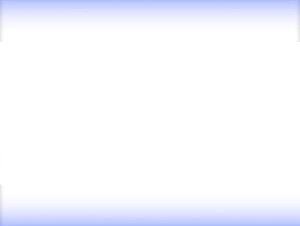In her process-based research endeavours, Rosa Barba builds in large part on historical, sociopolitical or geological phenomena, which are incorporated into her installations, texts, films and projections. The artist is currently presenting a large steel installation entitled In a Perpetual Now, which centres around fifteen cinematic and sculptural works that make reference to Mies van der Rohe’s early Landhaus in Backstein.1
While the principle of cinematic montage is at the heart of many of her works, she is showing two installations at the Akademie der Künste that clearly reference Nam June Paik’s blank film projection ZEN for Film (1964). Stating the Real Sublime revolves around the 16 mm film projector and its inner workings. With the aim of maintaining full functionality, the projector is suspended from the ceiling. It runs a blank film that projects a bright (shaky) rectangle of light onto the wall, with accidental natural light coming from the garden of grasses. The projector is equipped with rollers through which the film is threaded multiple times and fed back into the machine. The resulting film image is largely generated by chance, as idea and functionality can never be completely synchronised. In contrast to Paik’s idea of making the traces of time visible on the filmstrip, Barba regularly changes the film material in the course of the exhibition.
White Museum turns the beech-tree garden at the Akademie der Künste into a projection booth, thereby making the landscape part of the sculpture. From the third floor of the administrative building, the 70 mm projector casts a white field of light into the garden, which is also visible from a distance after sunset. The landscape thus becomes a three-dimensional cinematic image that can be viewed from different levels inside the building. White Museum has been shown in different site-specific versions, including at the Centre international d’art et du paysage de l’île de Vassivière, where the surrounding park became part of the installation. “The locations mark the boundaries of things: between land and sea, private and public land, ground and air. Barba’s projections make visible the constant activity that passes between these edges, referencing that which is socially defined, illuminating the human processes at work in the production of space. When we are at the cinema, we can only imagine what is offscreen or just beyond the frame, while the geometry of the image in ‘White Museum’ creates the a barely visible negative space bordering the light; it is in this augmented darkness that we feel the film’s tension.”2
Anke Hervol
1 Rosa Barba: In a Perpetual Now, Neue Nationalgalerie, Staatliche Museen zu Berlin – Preußischer Kulturbesitz, https://www.smb.museum/ausstellungen/detail/rosa-barba-in-a-perpetual-now/, accessed 8 Sept. 2021.
2 Victoria Brooks, “In the Imaginary Spaces”, in Henriette Huldisch, Karen Kelly, and Barbara Schroeder (eds.), Rosa Barba: The Color Out of Space, New York, 2016.
In the exhibition:
Rosa Barba
Stating the Real Sublime, 2009
16-mm-Film, modified projector
2:30 min
Courtesy the artist + Esther Schipper, Berlin
Rosa Barba
White Museum, 2010 – ongoing
70-mm-white film, projector
Courtesy of the artist + Esther Schipper, Berlin
Additional information about the artist














